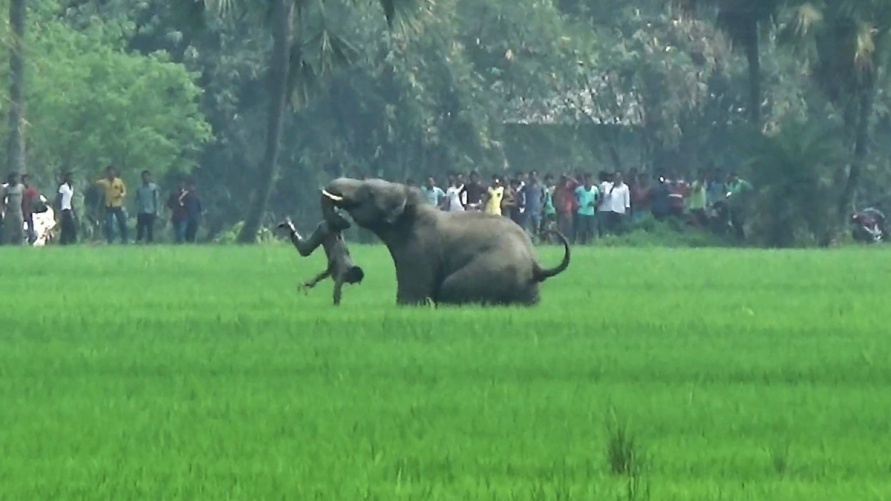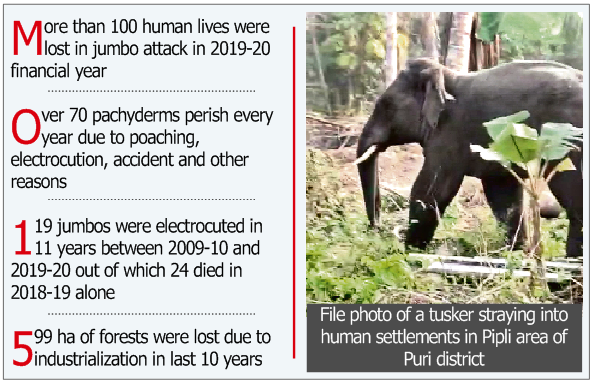Free Courses Sale ends Soon, Get It Now


Free Courses Sale ends Soon, Get It Now



Copyright infringement is not intended
Context: Assam's forest department is planning to collar at least five elephants in high-conflict habitats in the coming months.
What are radio-collars?
How does radio-collaring help?
How bad is human-elephant conflict in Assam?
What is Man-Animal Conflict (MAC)?
It refers to the negative interactions between people and wild animals, with consequences for both people and their resources and wildlife and their habitats (IUCN 2020).
Common Reasons:
Consequences of MAC:
Conflict mitigation strategies includes:
Existing government policies:

Conclusion:
https://indianexpress.com/article/explained/assam-human-elephant-conflict-radio-collars-7636680/
© 2024 iasgyan. All right reserved